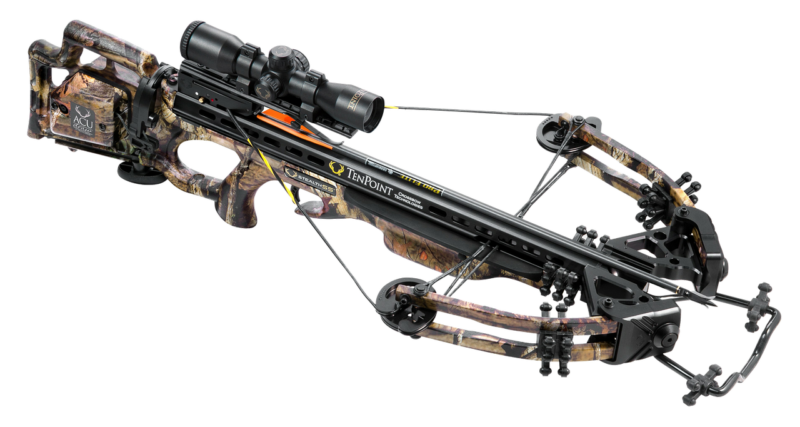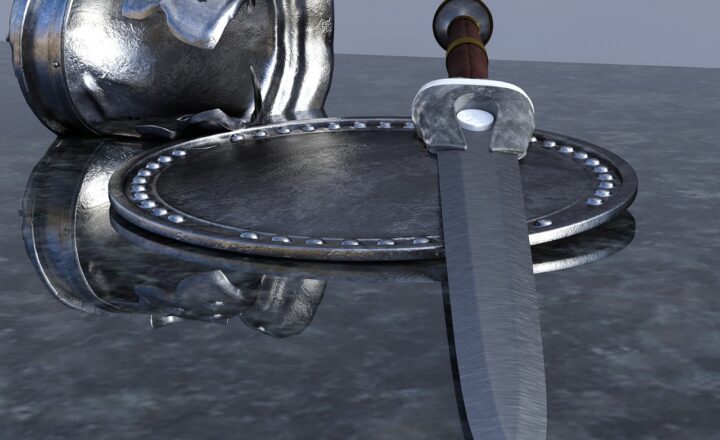
The crossbow, a weapon that has captivated the imagination for centuries, has undergone a remarkable evolution from its ancient roots to its modern iterations. Known for its power, accuracy, and versatility, the crossbow has played a significant role throughout history, from hunting and warfare to sport shooting.
In this article, we will delve into the distinctions between ancient and modern crossbows, exploring their designs, functionalities, historical significance, and the impact they’ve made in contemporary contexts.
1. A Brief History of the Crossbow
The earliest forms of the crossbow date back to ancient China around the 5th century BC, where it was initially used as a military weapon. These ancient crossbows were typically made of wood, had a simple trigger mechanism, and leveraged the tension in a bowstring to fire a projectile—often called a bolt or quarrel.
As technology progressed, the crossbow spread across various civilizations, including the Greeks and Romans, who adapted the design for their warfare needs. The Chinese made further innovations by introducing a repeating crossbow, capable of firing multiple bolts without reloading.
Key points in the history of the crossbow:
– Ancient China (5th century BC): The birth of the crossbow as a military weapon.
– Medieval Europe (12th century onwards): The crossbow became a dominant weapon on the battlefield due to its ease of use and lethality.
– Renaissance: Technological developments led to more sophisticated designs, increasing accuracy and range.
The crossbow’s role transitioned from a war implement to a popular hunting and recreational weapon, which remains prevalent today.
2. Construction and Mechanics: Ancient vs. Modern
Ancient crossbows were primarily constructed from wood, utilizing natural materials tethered with animal sinew or bowstring. The design was relatively straightforward: you had a horizontal bow affixed to a stock, allowing for a compact profile.
Modern crossbows, on the other hand, are crafted from advanced materials such as fiberglass, carbon fiber, and aluminum, significantly enhancing durability and performance. Here are key differences in construction and mechanics:
Material Innovations:
– Ancient Crossbows: Made from wood and other natural materials; prone to wear and tear.
– Modern Crossbows: Utilize composite materials, making them lighter, stronger, and more weather-resistant.
Trigger Mechanism:
– Ancient Crossbows: Simple triggers that activated the release of the bowstring, requiring more effort to load.
– Modern Crossbows: Use sophisticated triggers with adjustable pull weight and automatic safety features, allowing for smoother operation.
Bow Design:
– Ancient Crossbows: Limited draw weight that was dependent on the materials available at the time.
– Modern Crossbows: Incorporate compound designs that enable higher draw weights for greater power and distance.
With these advancements, modern crossbows can achieve speeds upward of 400 feet per second, compared to 150-200 feet per second for ancient variants.
3. Performance Comparison
When comparing performance, it’s essential to evaluate key aspects such as range, accuracy, and ease of use. Ancient crossbows, while deadly in their time, had limitations in these areas:
Range:
– Ancient Crossbows: Generally effective within a range of 150 yards (450 feet).
– Modern Crossbows: Capable of accurate shots up to 500 yards (1,500 feet) with the right equipment, making them more versatile for both hunting and recreational shooting.
Accuracy:
– Ancient Crossbows: Accuracy affected by the quality of materials used and the skill of the user.
– Modern Crossbows: Equipped with advanced optics, stabilizers, and enhanced aiming systems that significantly improve precision.
Ease of Use:
– Ancient Crossbows: Reloading and aiming took considerable time and skill.
– Modern Crossbows: Feature user-friendly designs for quick reloading, often with integrated cocking mechanisms and ergonomic grips.
Modern crossbows offer not only superior performance but also cater to all levels of expertise, from novice users to professional hunters.
4. The Crossbow’s Role in Hunting and Sports
The crossbow has not only transformed in technical prowess but also adapted to various cultural practices and legal contexts. Today, crossbows have a clear place both in hunting and recreational shooting sports.
Hunting:
– Modern crossbows are increasingly popular among hunters due to their precision and efficiency. Regulations often allow crossbow hunting during specific seasons, improving accessibility for individuals who may struggle with traditional archery.
– The stealth factor involved with crossbow hunting also appeals to many hunters, as they can often operate quietly compared to firearms.
Sport Shooting:
– Crossbow shooting has grown in popularity as a competitive sport, with various organizations facilitating events. Modern crossbows offer enthusiasts a chance to compete on a level playing field thanks to technological advancements.
– Formats often include target shooting and crossbow hunting challenges, making this sport more widely recognized and diversified.
5. Legal Considerations and Ethical Hunting Practices
Understanding the legal landscape surrounding crossbows is crucial for responsible ownership and usage. Laws about crossbow usage for hunting or sport can differ widely depending on the location. It’s vital to research your local regulations:
– Age Restrictions: In some areas, specific age requirements exist for using crossbows.
– Hunting Seasons: Regulations informing when and how crossbows can be utilized for hunting are often enforced.
– Safety Protocols: Basic safety measures must be undertaken, such as using safety glasses and bright clothing during hunting.
The ethical aspect of hunting using crossbows cannot be overlooked either. Promoting fair chase, respecting wildlife populations, and ensuring humane kills should always be guiding principles.
Conclusion
From its humble beginnings to the advanced designs we see today, the crossbow continues to evolve while maintaining its historical significance. With their versatility and performance, modern crossbows serve a variety of roles—from hunting to sport shooting—making them relevant in today’s world.
The differences in construction, mechanics, and performance speak to the significant advancements made over the centuries. Whether you’re a history enthusiast, a hunter, or a sport shooter, the evolution of the crossbow is a fascinating topic that highlights human ingenuity in weaponry. As we continue to cherish our medieval heritage, the modern crossbow provides an exciting glimpse into the future of archery and outdoor pursuits.








